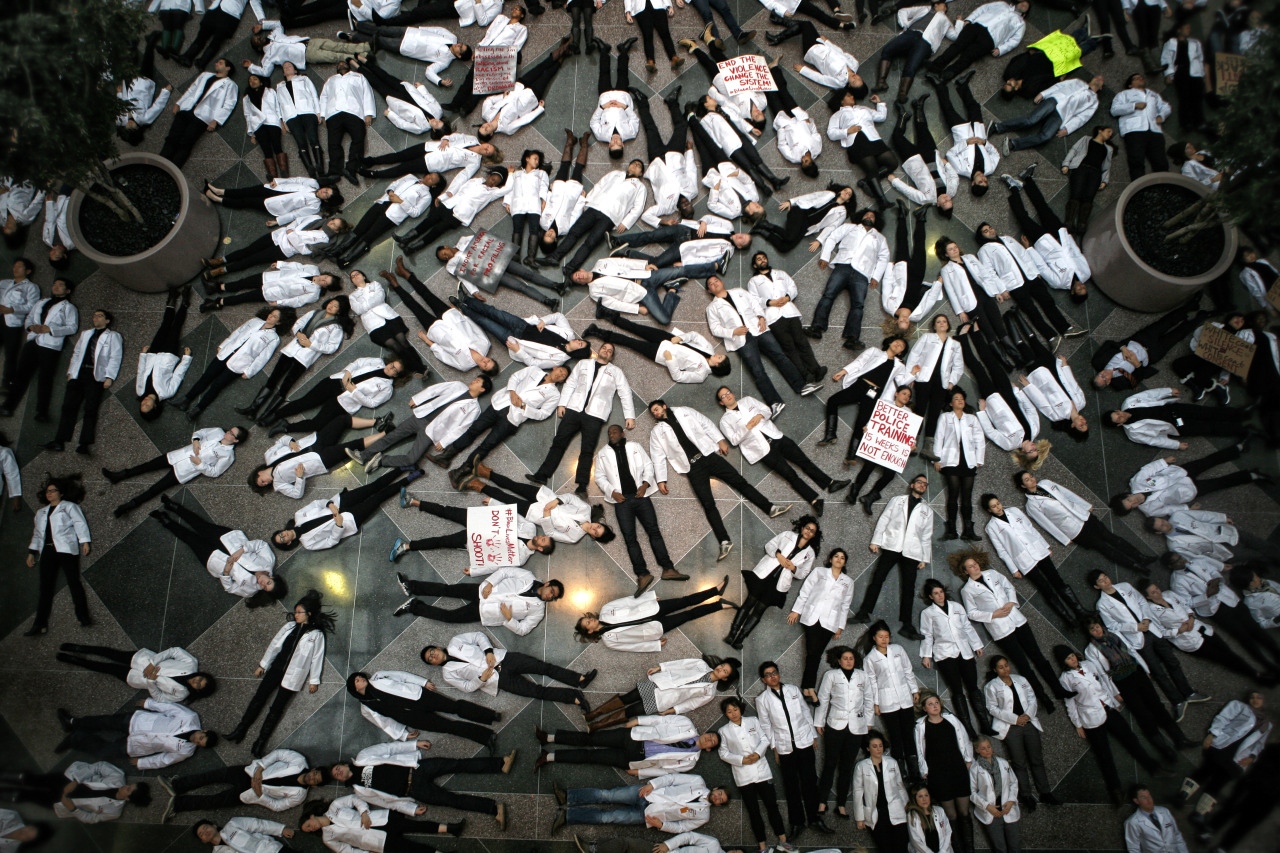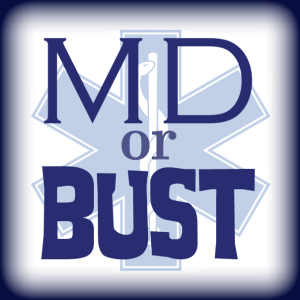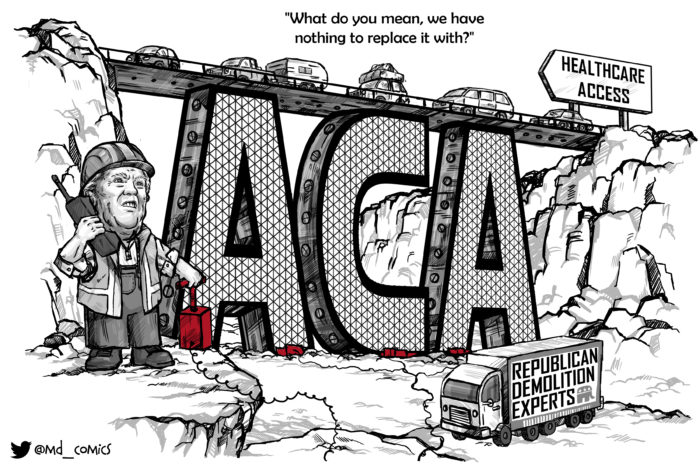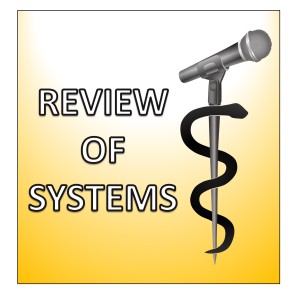Adventure #7: Arrow Struck True
Everyone loves Katniss Everdeen. What’s not to love about the strong, independent, bad-ass woman? Given that exams and Step 1 are looming closer and closer, I’ve been feeling less and less sure of myself and wishing that I could channel my inner Katniss Everdeen and emerge victorious against the Capitol–and by the Capitol, I mean exams). When sharing these thoughts with a friend, it occurred to me that I could step into Katniss’s shoes for a day by taking archery lessons. So, my friend and I gathered a group to see if any of us could hypothetically be the next winner of The Hunger Games.








